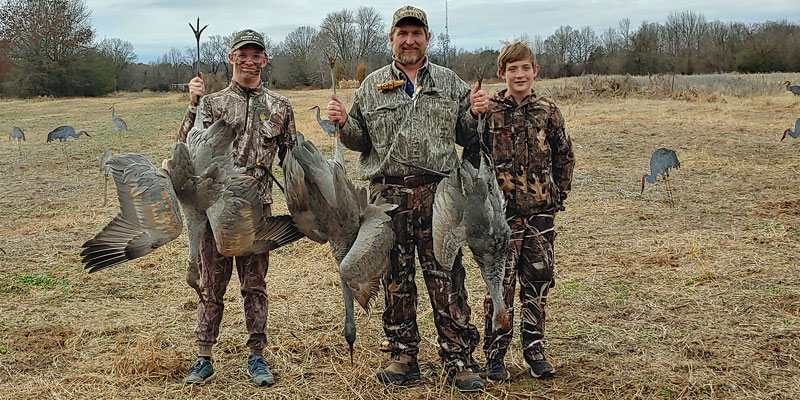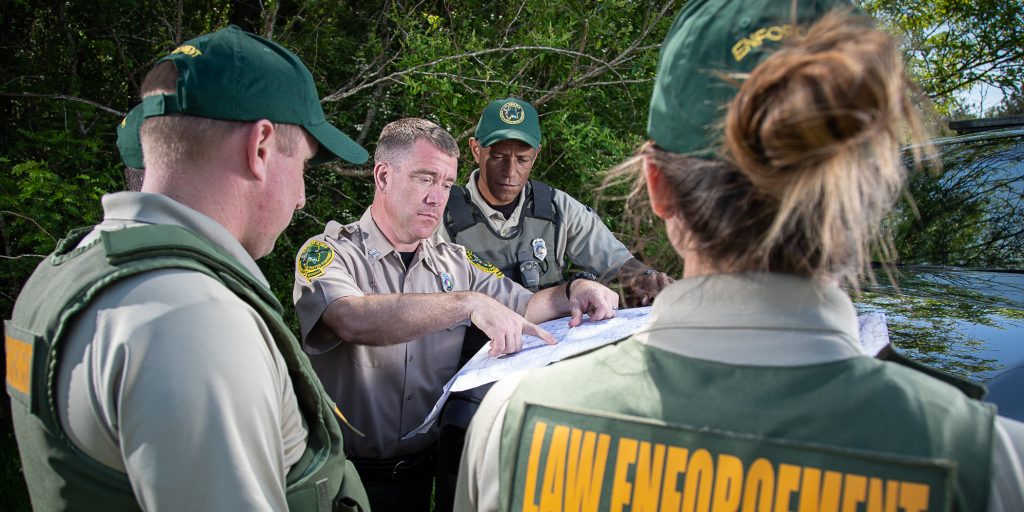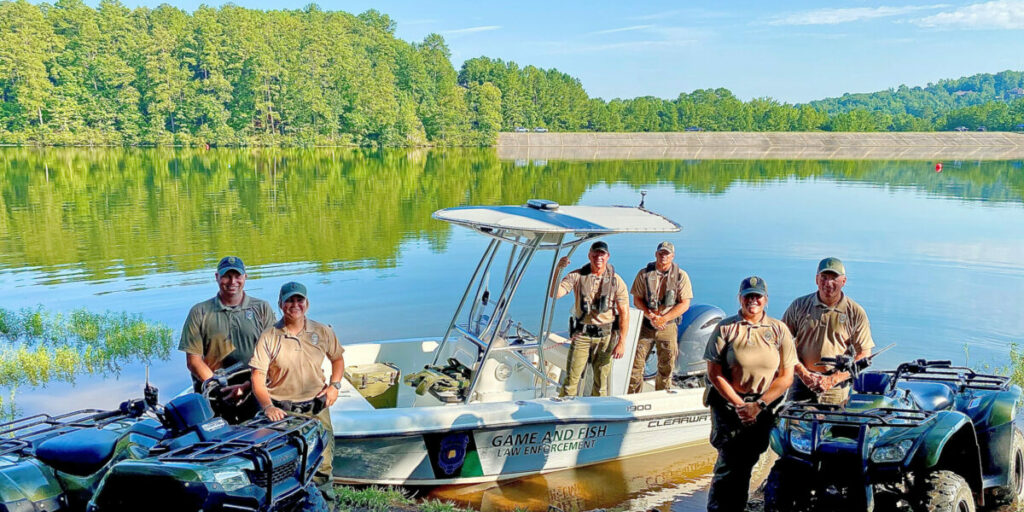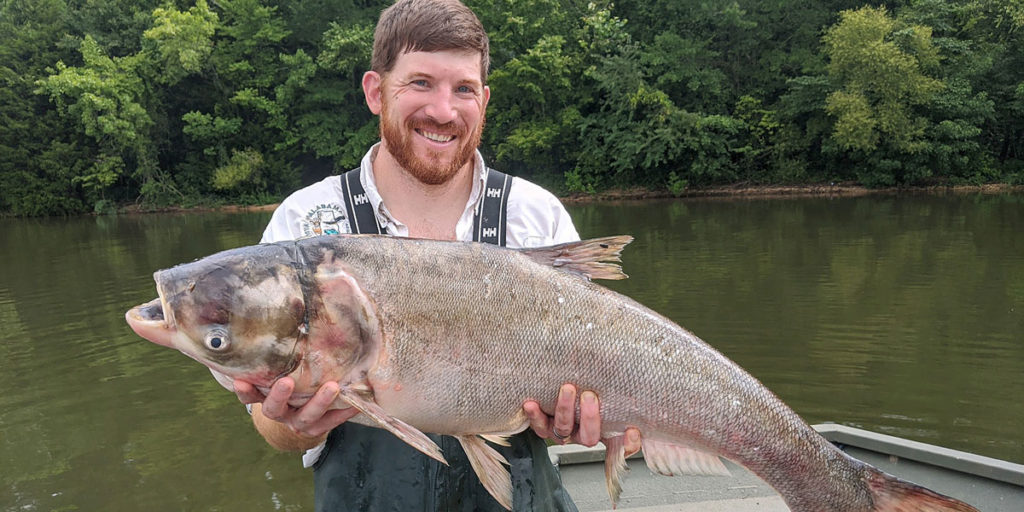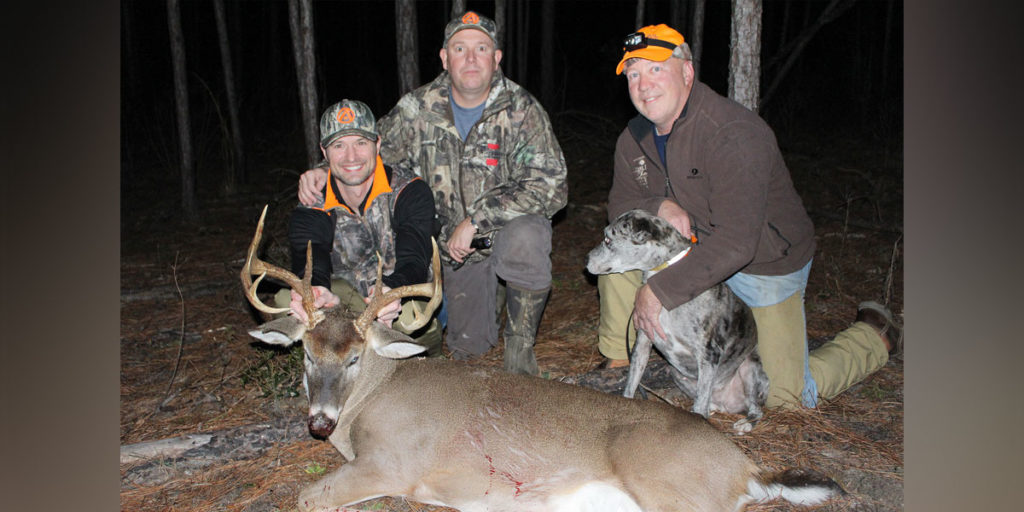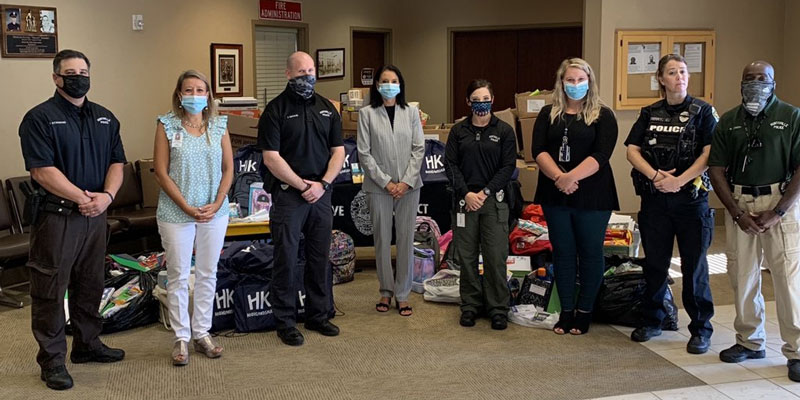North America’s waterfowl breeding population annual survey is another aspect of the outdoors that has been impacted by COVID-19 restrictions.
Seth Maddox, the Alabama Wildlife and Freshwater Fisheries’ Migratory Bird Coordinator, said virus-related travel restrictions would not allow the U.S. Fish and Wildlife Service (USFWS) to conduct the aerial survey of the prairie potholes regions of Canada and the Midwest U.S.
“It’s going to be an interesting season,” Maddox said. “With COVID ongoing, they didn’t fly the breeding population survey in Canada and the northern U.S. The border was closed, so we don’t have a good estimate of what the waterfowl population looks like.”
Maddox said waterfowl specialists will have to depend on weather conditions and long-term datasets to take an educated guess on waterfowl populations.
“It’s been a fairly wet spring and summer across the U.S. prairies, which makes for really good breeding habitat,” he said. “But it has been fairly dry in the Canadian prairies, which will impact the breeding habitat there. We’ll see what the fall flight looks like. It may be a little below what we’ve seen in the past few years as far as population numbers. So, it will be an interesting year. I think the numbers will be fine. They may just be a little lower than the previous few years.”
Maddox said the waterfowl seasons in the flyways are set a year in advance. While this season’s bag limits and dates have minimal changes, he said the 2021-2022 season framework may be affected.
“This season, the only significant change is a reduction in the bag limit for scaup (bluebills),” he said. “Based on the 2019 population, scaup dropped into the restrictive package, which allows for a 45-day season with a two-bird daily bag limit and then a 15-day season with a one-bird daily bag limit. In Alabama, we decided to go a little more restrictive and go 60 days with a one-bird daily bag limit. That makes our regulations a little easier for our hunters to interpret. And it makes it easier for our Enforcement Officers as well. We didn’t want to put any hunters in a situation where they might be over the limit. We’re working on the harvest strategy at the Flyway level to get that changed so we won’t have season-within-a-season limits.”
For the 2020-2021 season, Alabama hunters will again have a daily bag limit of 6 ducks, which may include no more than 4 mallards (no more than 2 of which may be females), 1 mottled duck, 2 black ducks, 1 pintail, 3 wood ducks, 2 canvasbacks, 1 scaup, and 2 redheads. The daily bag limit for coots is 15 per day. The daily bag limit for mergansers is 5, only 2 of which can be hooded mergansers. The aggregate bag limit of 5 dark geese (Canada, White-Fronted and Brant) shall not include more than 3 Canada geese or 1 Brant. For light geese (Snow, Blue, Ross’s) the aggregate bag limit is 5. Possession limit is three times the daily bag limit.
Regular season dates for ducks, coots, mergansers and geese are November 27-28 and December 5-January 31, 2021. The Youth, Veterans and Active Duty Military Special Waterfowl Days are set for November 21 and February 6, 2021.
After a successful season last year, Alabama again will offer a limited sandhill crane hunt in north Alabama. The limited quota sandhill hunts will have 400 permits with 1,200 tags. The daily bag limit is 3. The season possession limit is 3. Sandhill season dates are December 4-January 3, 2021, and January 11-31, 2021.
“We had a good opening season for sandhill cranes,” Maddox said. “We harvested 291 birds, which is about 24 percent of the allocated tags. We’ll be doing the same thing this year.”
Registration for a sandhill crane permit will open September 8 and the random drawing for permits will be held after registration closes at 8 a.m. on September 29.
Visit www.outdooralabama.com/what-hunt/sandhill-crane-hunting-alabama for the link to apply for a sandhill permit. A $10 registration fee applies.
“Last year’s sandhill season was very positive, overwhelmingly positive,” Maddox said. “Everybody seemed to have a good time. Several hunters managed to fill their bag limits. People are excited to have the opportunity to chase this bird in the field again this year in Alabama.”
Maddox said the sandhill crane population in the U.S. has been steadily increasing over the past few years. However, the number of sandhills that end up in Alabama is directly related to the weather, just like ducks.
“The colder it is, the more birds show up in Alabama,” he said. “We had a good number of sandhills show up last year, but with colder weather, we’ll have more birds show up.”
Maddox said the bulk of the sandhill population spends summers in the northern U.S. states and the Canadian provinces of Ontario, Manitoba and Quebec.
“Like ducks, sandhills only want to move as far as they have to, so the more snow cover up north, the better it is for Alabama,” he said. “Sandhills are feeding in dry or slightly wet agricultural fields. Snow cover pushes them farther south. We have really good habitat in Alabama for sandhills. Most of our sandhills winter on Wheeler National Wildlife Refuge and along the Tennessee River. But there is a decent population on Weiss Lake on the Coosa River.”
Maddox just hopes the weather conditions change for the 2020-2021 seasons after two years of less-than-average waterfowl hunting success.
“Last season looked a lot like the previous season,” Maddox said. “It was a pretty warm, mild winter here in Alabama. And, it was pretty mild in most of the country. We never saw that late good push of ducks that we are used to when we have cold weather. So, it made duck hunting fairly tough.
“It was a fairly wet winter across the Midwest and southern United States. There was a lot of water available on the landscape that provided a lot of available habitat for birds to spread out. It was almost a mirror image of the previous season.”
Maddox said the most recent quality duck season in Alabama occurred during the 2017-2018 season.
“That was a really good season,” he said. “We had a lot of cold weather that pushed down. We had a stretch of below freezing temperatures in Alabama. We really need that in the North and Midwest to put ice on the landscape to minimize the open water. And we need snow on the landscape to cover the available food and push the birds further south into open water and good habitat.
“Overall, it’s looking pretty good for this season. As long as we stay with average rainfall, we’ll have good habitat for migratory birds that make it here this fall and winter.”
For some early waterfowl action, don’t forget about the Special Teal Season, which runs September 12-27, 2020, with a daily bag limit of six birds.
Also, the early season for geese runs September 1-30 and then October 12-24. During the September season, hunters can take five dark geese per day, but only one Brant is allowed in that bag limit. The bag limit for light geese is five per day for the entire season.
David Rainer is an award-winning writer who has covered Alabama’s great outdoors for 25 years. The former outdoors editor at the Mobile Press-Register, he writes for Outdoor Alabama, the website of the Alabama Department of Conservation and Natural Resources.




